Open’s win at Dieline Packaging Awards
Ashutosh Karkhanis, creative head and managing partner, Open Strategy and Design, which recently won the Dieline Packaging Awards 2021, tells Aultrin Vijay how it tapped into the emotions of the consumer using a well-calibrated packaging design
24 Jul 2021 | By Aultrin Vijay
Open Strategy and Design, a Mumbai-based independent brand design consultancy, was the only Indian agency to win the prestigious Dieline Packaging Awards – a global award platform that recognises the best in the packaging design from across the world – held this year. Its work for Unsaid Library, a gifting brand based in Europe, secured third place in the luxury packaging category.
Unsaid Library is a jewellery gifting brand from Walking Tree, a Mumbai-based jewellery design studio. Open was assigned the task of designing the brand and its experience, with packaging playing a key role.
“Winning an award is always a pleasure, but winning the Dieline award is an honour,” says Ashutosh Karkhanis, creative head and managing partner, Open Strategy and Design. This expression stands true because Dieline celebrates the best in packaging design and the awards' jury features the who’s who from the world of design.
A 10-year-old company, Open Strategy and Design has had the opportunity to build brands across industries and markets. From museum brands to baby care and from luxury to social good, the agency has managed to create some very strong brands.
“Our strength lies in marrying robust strategic thinking with sophisticated design execution,” says Karkhanis. “For the last couple of years, we have been India's most awarded brand consultancy, but more gratifying than that is the fact that the brands that we have created have all made a strong mark for themselves in the market.”
Winning mantra
But winning an international award is no cakewalk. The reason? Open has never done any work for awards, Karkhanis tells us. “We have realised that if you have fresh brand thinking, it leads to interesting execution.”
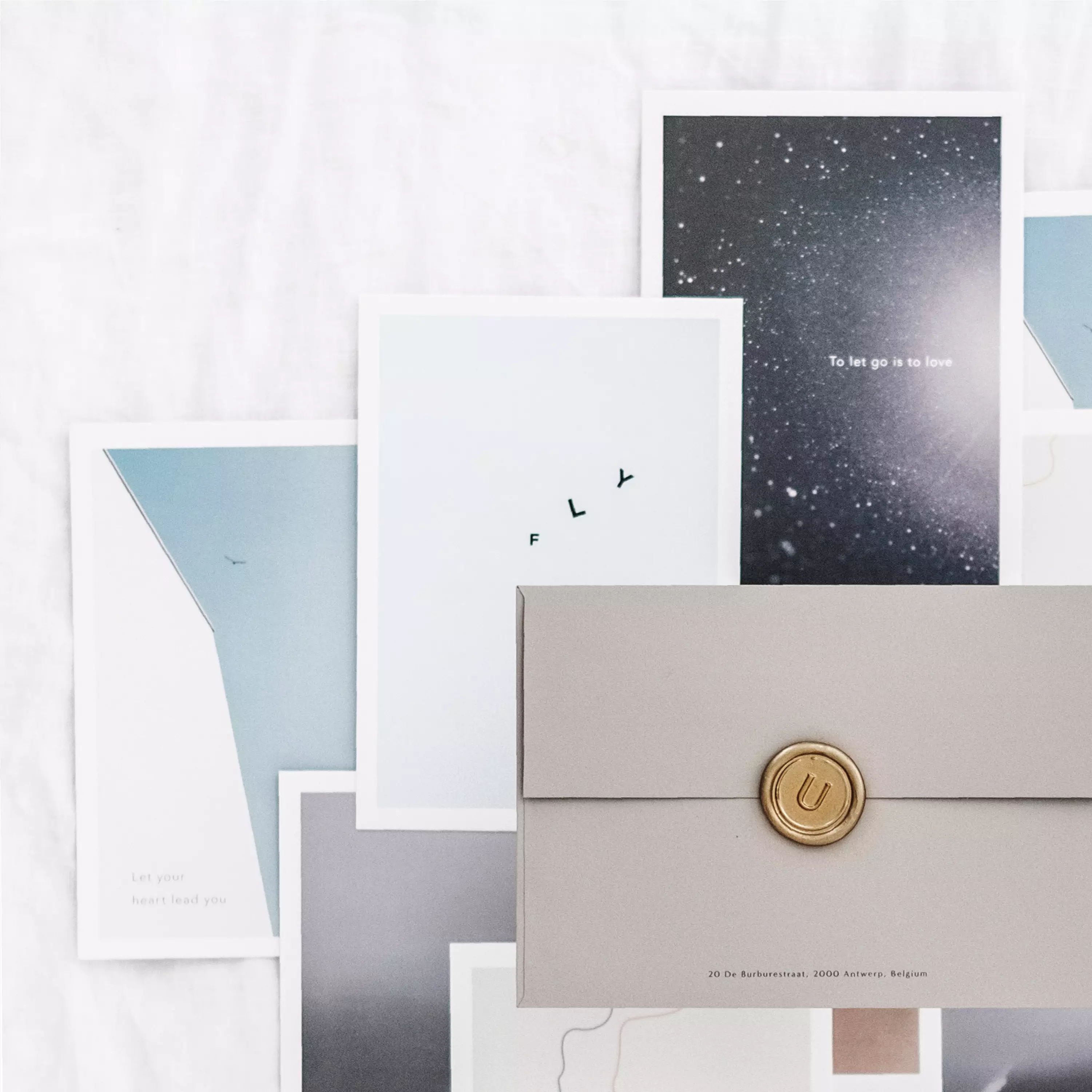
Unsaid Library is a jewellery gifting brand from Mumbai-based Walking Tree
He further elaborates: “The starting points are such that they allow for a really engaging brand to get created. We do not think of packaging when we get into packaging or retail experience when we get into retail experience design. We think of the experience when we are defining the brand.
“What opportunities do each of the brand touchpoints give is a question we ask at the beginning. Of course, the detailing happens when we get into the execution. But the direction comes in earlier. Also, it helps to start from the response we desire from the customers. Designing for the intended response changes things.”
Packaging design and execution
So, what was the thought process behind designing such minimal yet attractive packaging? According to Karkhanis, the Unsaid Library packaging “is an extension of the overall brand thinking”.
“We wanted to create a one-of-a-kind gifting brand with jewellery inspired from our emotions. It is targeted at the modern European audience, so the design had to be contemporary and minimalist. We crafted the brand as Unsaid Library and created the packaging like a book, as a way to canonise an important chapter of life,” he explains.
Karkhanis says that inside the packaging, different sections allow for different aspects of the gift to come alive. The jewellery resides in the innermost chamber, layered with the personalisation section that would hold the jewellery piece, personal photographs and hand-written letters. “Unboxing the packaging took the receiver on an emotional journey, culminating with the jewellery piece as the shape of one’s feeling,” he adds.
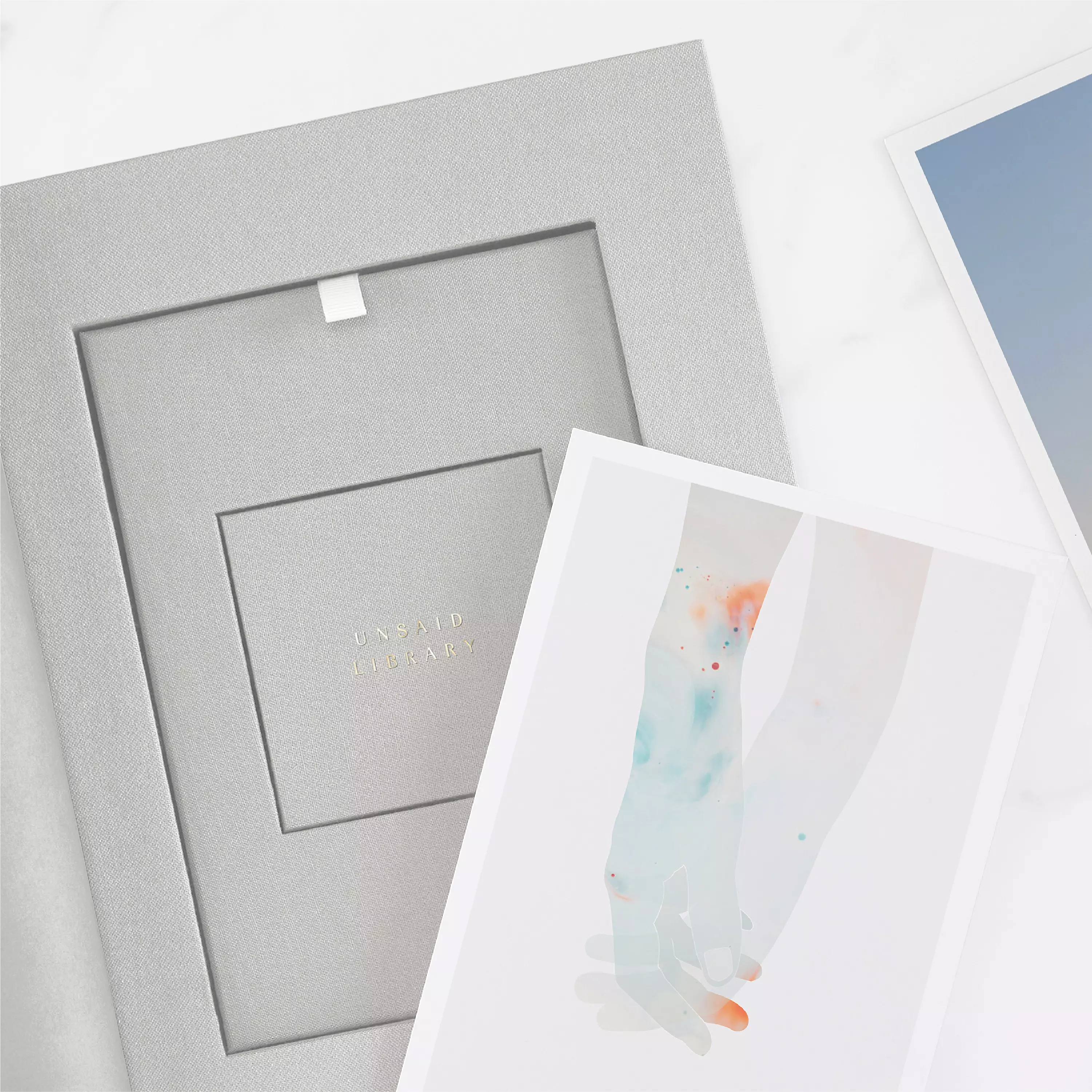
The jewellery resides in the innermost chamber layered with a personalised section
At Open, each design is tailored as per the needs of the brand and the target audience. The agency caters to a wide range of clients with different needs, including several international brands.
Speaking about the requirements of international brands, Karkhanis says that the needs for those markets are very different from the Indian market. “We have also launched a few jewellery brands in India. International luxury brands such as Hermes and Canali are getting inspired by India's rich culture and heritage. The Indian culture varies with its vast geography. It is rich with different ethnicities, languages, costumes, food, and religions. There is a lot one can take from our culture.”
Packaging as a canvas for design
Karkhanis believes that packaging as the bearer of the brand message is still underestimated by many companies. “We believe packaging is a canvas to paint our brand idea on. We look at packaging as an extension of the brand campaign. An attractive packaging beckons the consumer and encourages impulse purchase. Good-looking packaging gives an assurance of a quality product,” he says.
Karkhanis says that packaging can be used as a powerful marketing tool. “We looked at packaging design as a communication opportunity. Packaging must offer something unique to truly appeal to customers, although uniqueness can manifest itself in several different ways. Packaging needs to capture attention from the shelf, but once they draw customers in, your product needs to hold their interest,” he adds.
He explains that one can have a very clean and simple design, such as Apple packaging, but achieving that sophistication in output with a tight budget is always a challenge. “Packaging design allows one to play with the materials and techniques. Understanding those materials and printing techniques is key,” he asserts.
Describing the complex design process at Open, Karkhanis says, “Packaging design does not get created overnight. At Open, we follow a systematic approach that goes through many steps. Both the client and Open work hand-in-hand in this journey to arrive at something that we feel will do the job.”
He adds that during this process, the business context of the client is considered. “Our job is to understand the consumer and the category, open up the possibilities, and bring in imagination.”
“Packaging is not just about some compelling information being passed on; it is about asking ourselves what we want the moment the customer picks up the pack,” says Karkhanis.
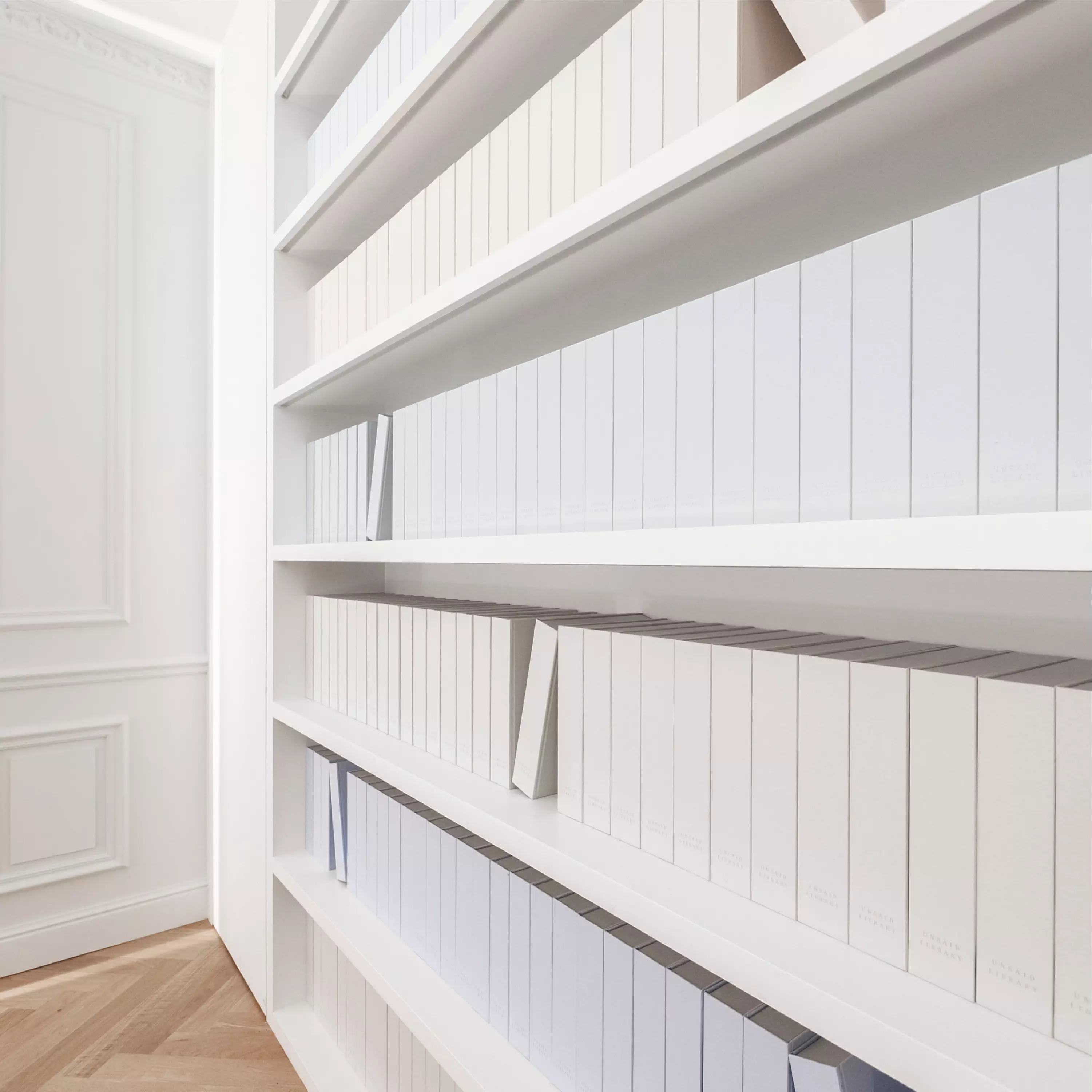
Open decided to go for a contemporary and minimalist packaging design
“For instance, for baby care packaging, we wanted the moment to be reassuring for an anxious first-time mother. So, we designed the whole pack as a one-minute conversation with her,” he adds. “Of course, things such as making the pack have a distinct identity must happen. Those are hygiene. But a more interesting question to answer is, in that intimate and unmediated moment, between the pack and the customer, what do we want to happen. It's not much different from a scriptwriter designing a scene.”
Luxury can be green
Jewellery is obviously a category that plays by the rules of luxury, says Karkhanis. According to him, the craft and the finish are all very important to the experience and the eye for detail that you have makes all the difference.
“We as a country have a rich tradition of making high-quality jewellery, but we don't have a tradition of luxury packaging. Working with the best-in-the-world production has helped us really push the quality of execution,” says Karkhanis.
However, for Karkhanis, the packaging needed a luxury touch, but not at the expense of sustainable materials. He believes that eco-friendly and sustainable packaging design is going to play a key role in how we consume things. The use of recycled materials, reducing the waste of resources during production will be important.

Open secured third place in the Dieline Awards' luxury packaging category
This thought was evident in the Unsaid Library packaging as well. The packaging was produced in Germany using environmentally friendly, wood-based cardboard paper. “We stayed away from plastic use,” he says.
The market now
“In a challenging environment like now, we have our own responsibilities. We need to keep things moving. When people spend more, people earn more,” says Karkhanis.
According to him, understanding the consumer mood, and then working to help improve the sentiment through what we do is the need of the hour. “People want to reclaim normalcy, freedom to move around, freedom to do things we enjoy doing... these keep us feeling human,” he adds.
“Economists talk of lipstick effect, or the human instinct to find and savour whatever little indulgences we can afford. As marketers, we need to provide for this instinct. In whatever category we are, how can we make people smile a little bit, is a question we should ask ourselves,” he concludes.
Rapid-fire with Ashutosh Karkhanis
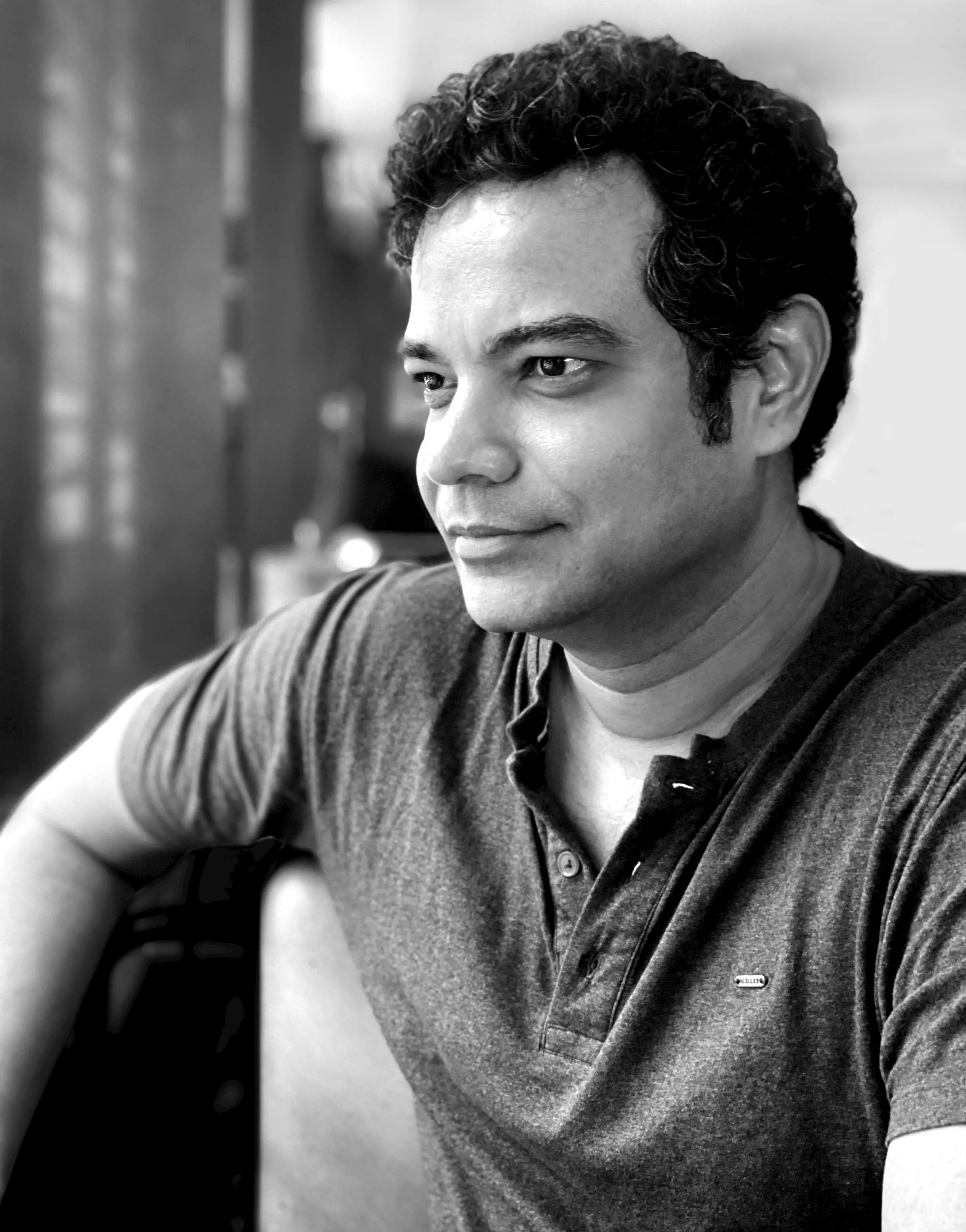
Where was the packaging produced?
This packaging was produced in Germany using environmentally friendly, wood-based cardboard paper. We stayed away from plastic use.
Toughest part of the project - and why?
When you are building for a different market, you must consider the sensibilities and cultural worldview. With Unsaid, we were dealing in emotions and when it comes to emotions, you must get the calibration right. How much is enough, where to stop, and so on are some of the things we spent a lot of time thinking about. This immersion into the world of the customers is very important and requires effort. It was tough, but also the most exciting part of the process.
Which is your most favourite design so far?
It's always difficult to choose from the many things that we have done. We love the work we did for a homegrown baby care brand Mee Mee, where we worked off an insight about how first-time mothers were questioning their own instincts and used to pack to create a reassuring conversation with them. We also love how we created a special edition pack for Jack Daniel's that located a brand seeped in Americana in the Indian cultural context in a very intuitive way. Also, for an Indian eye-wear brand, Opium, we created a new layer of packaging boxes and turned them into a communication medium – building the brand identity through it. In each case, the strong business response for the work demonstrated that the duality of high-quality work and market-effective work is a myth.
According to you, what are some of the traits of good packaging?
Packaging is not just about some compelling information being passed on; it is about asking ourselves what we want the moment when the customer picks up the pack or interacts with it.
Your views about recyclable packaging formats?
Eco-friendly and sustainable packaging design is going to play a key role in how we consume things. The use of recycled materials and reducing the waste of resources during production will be important.


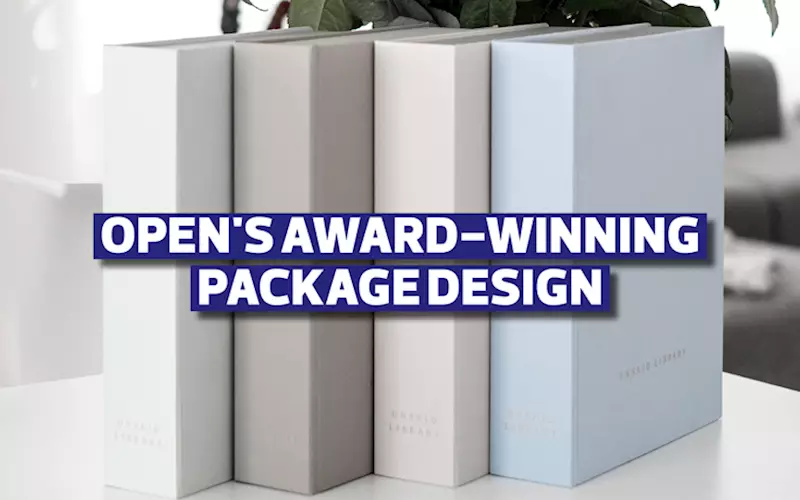








 See All
See All